When summer begins, when the rains are everywhere, the Ha Nhi community in the highlands of the Northwestern border of the country prepares for the Je Khu Cha Festival (Rainy Season Festival). The Ha Nhi celebrate the festival according to traditional rituals, bearing the unique cultural features of the people here.
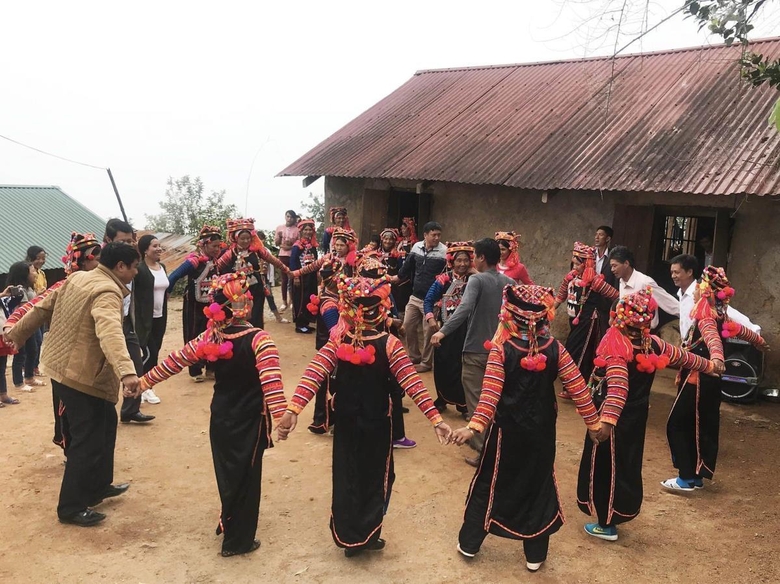
The Ha Nhi ethnic community mainly lives in Lai Chau, Lao Cai and Dien Bien. The Ha Nhi people in Muong Nhe district, Dien Bien province are the first group to set foot in the westernmost region of the country. The population is concentrated in the belt bordering China and Laos.
Tet Je Khu Cha is the rainy season festival, the most important and biggest festival of the year for the Ha Nhi ethnic community, with the wish for favorable weather and wind, so that the rice plants have enough water to grow. This is the time for the Ha Nhi people to rest, regain their health after months of hard work and show their gratitude to their grandparents, ancestors, and gods. This is also an occasion for everyone to return home, meet, and review production experiences. Before the day of preparing the ceremony, there will be a swing-building ceremony. This is a long-standing custom of the Ha Nhi people in the Northwest highlands. During these days, women often choose the newest and most beautiful traditional costumes to wear.
The rainy season of the Ha Nhi people usually lasts from the 15th of May to the 15th of July of the lunar calendar every year. According to the Ha Nhi people's belief, at this time, the gods of rivers and water are rampant, thunder, erosion, flash floods make the souls of people, animals and crops panic and get lost. That will make people susceptible to illness, and crops and animals have difficulty growing and developing.
Therefore, according to ancient tradition, once a year, at the hottest time of summer, when the rain lasts a long time, the Ha Nhi people celebrate the rainy season festival to pray to the rain gods and water gods to return the souls that were captured before, so that people can be healthier, animals and plants can grow well again, and crops can be bountiful. The people often celebrate the festival on the day of the Pig or the day of the Dragon, with the wish that all favorable things and luck will come to them. The Ha Nhi people's rainy season festival is celebrated within the family, according to traditional rituals.
On the morning of the 23rd of the 6th lunar month, all family members must wake up early to clean the house, sweep the yard and alley to prepare for the ceremony. Family members join in making sticky rice and pounding banh giay to show solidarity. The cake is considered the result of the family's hard work during the year. At the same time, it is a delicious offering to the ancestors to witness the sincerity of the homeowner, and bless the coming year with a bountiful harvest. Banh giay is molded into 3 pieces and offered to the ancestors. For the Ha Nhi people, offering banh giay shows the sincerity, gratitude and filial piety of family members and children towards their parents and ancestors.
The master of ceremonies will be the homeowner, or someone with an important role in the community. Next is the soul calling ceremony, the offerings include 2 live chickens, a bowl of tea, an egg, a bowl of water, a bottle of wine and some items associated with the daily life of the Ha Nhi people, such as bracelets, towels, shirts, pants... The offerings are placed on a tray, with the live chicken placed next to the tray. Usually, the homeowner's grandmother or mother brings the offerings to the gate, or they can choose a place by the stream or next to the road leading to the house to perform the soul calling ceremony. After the outside worship ceremony, the master of ceremonies brings all the offerings into the house to pray. After the soul calling ceremony, the families worship the ancestors on both sides of the family. The homeowner cuts the throats of 2 chickens, arranges a tray of offerings including 2 bowls of porridge, 2 bowls of shredded lean chicken meat, boiled chicken liver, 2 cups of wine placed in front of the ancestral altar.
For the Ha Nhi ethnic group, ancestor worship does not require the husband or wife. If the man is busy and cannot return home on Tet, the woman will perform the worship. Therefore, Ha Nhi women who become daughters-in-law play an important role in their husband's family and are loved and respected like daughters in the family. At this time, all members must be present for the homeowner to perform the ancestor worship ceremony. After the worship, the children must come to thank the ancestral altar. The ritual of worshiping the gods for people and animals ends, the people believe that the souls have returned completely and are blessed by the ancestors. The offerings are lowered, the family members drink a bowl of water and receive jewelry and belongings, gather to eat and wish each other well.
A unique cultural feature of the rainy season Tet and other rituals of the Ha Nhi people is not to burn incense. In particular, to have a happy new year, the Ha Nhi people abstain from arguing, swearing, or stealing. The Ha Nhi people believe that if a family welcomes many brothers and friends, that year will be lucky. The rainy season Tet is celebrated by the Ha Nhi people for 4 days, which are also 4 days of abstinence. Everyone in the family does not go to work but only plays, eats, dances, and sings happily.
Nowadays, people's lives have changed in a positive direction, Tet Je Khu Cha has become more festive. However, it still has unique traditional cultural beauty, creating its own color of the Ha Nhi people.
Source


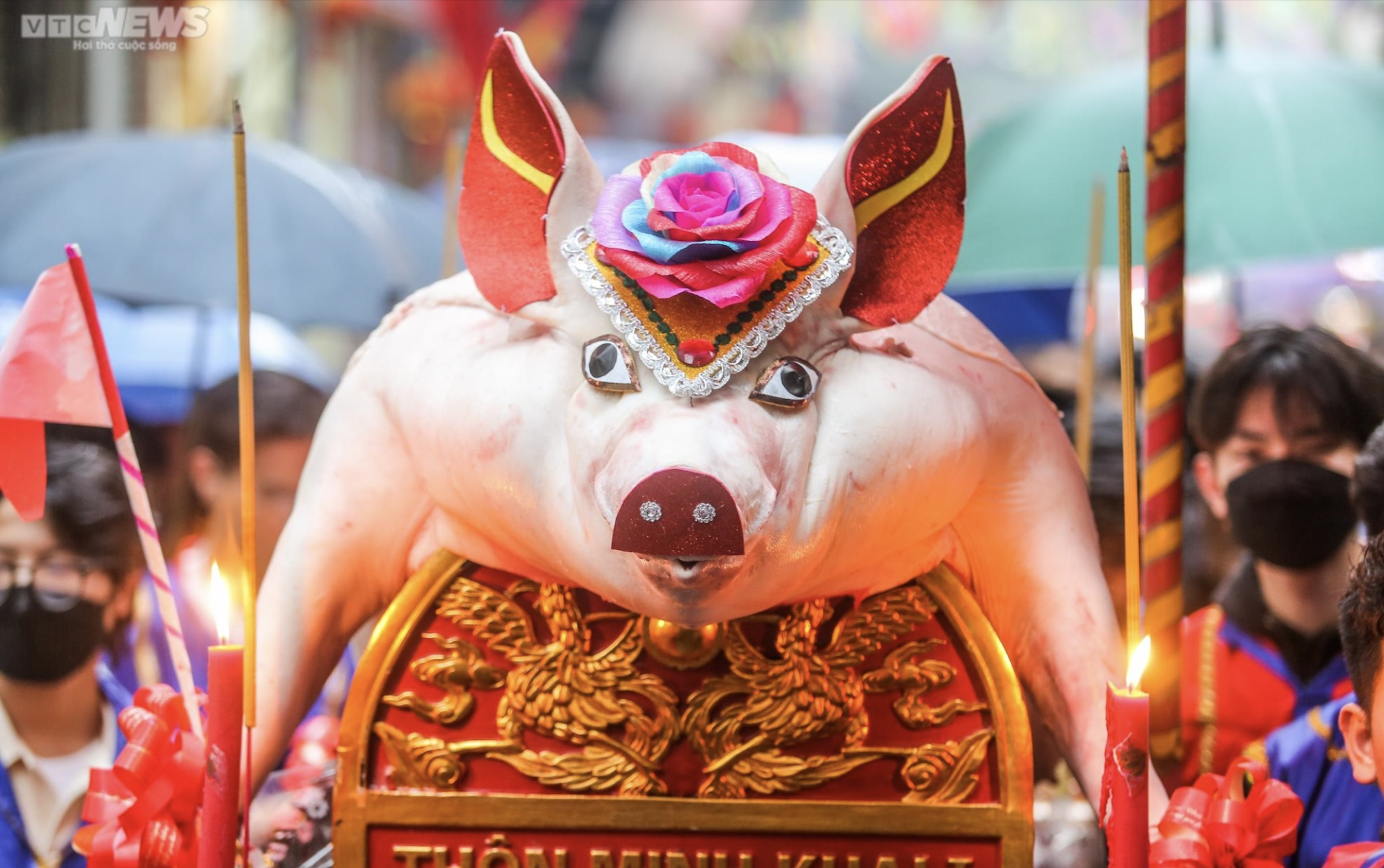

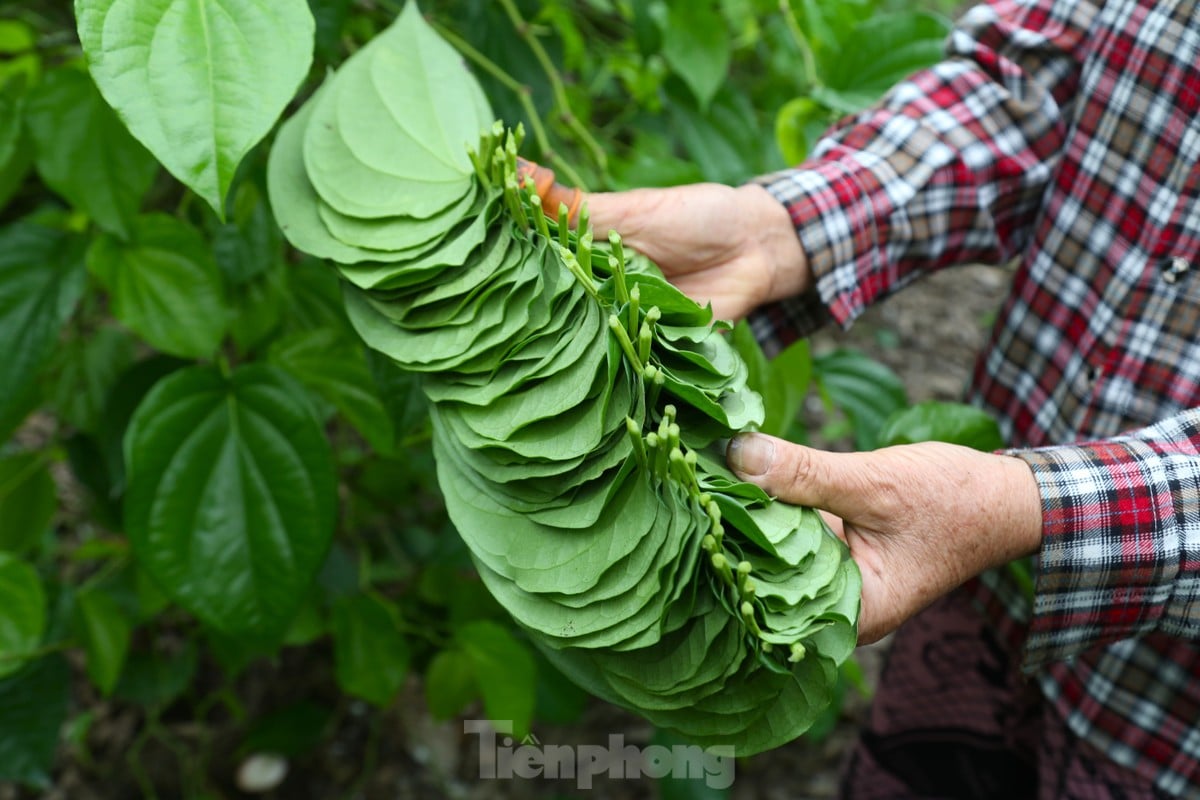
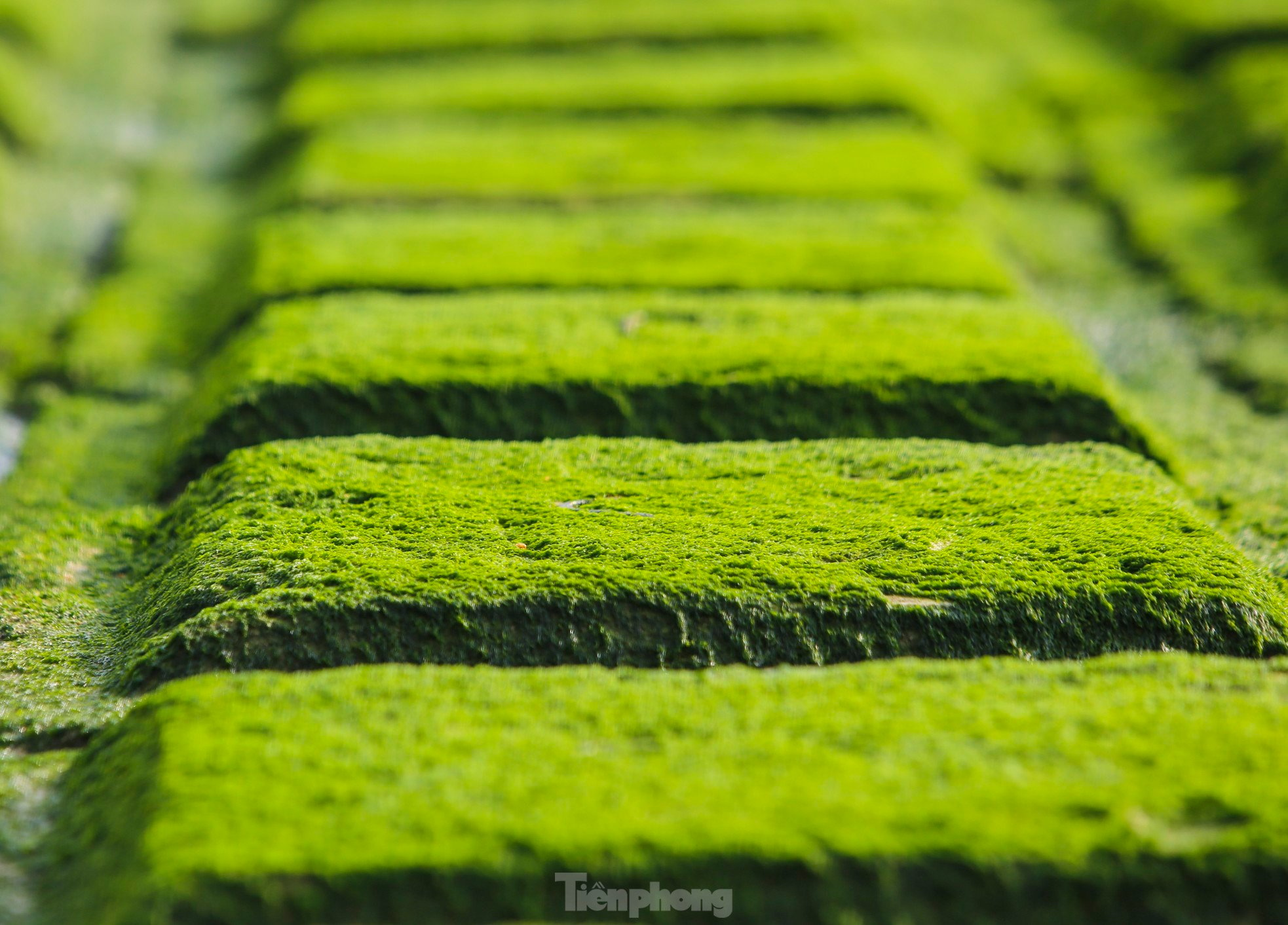
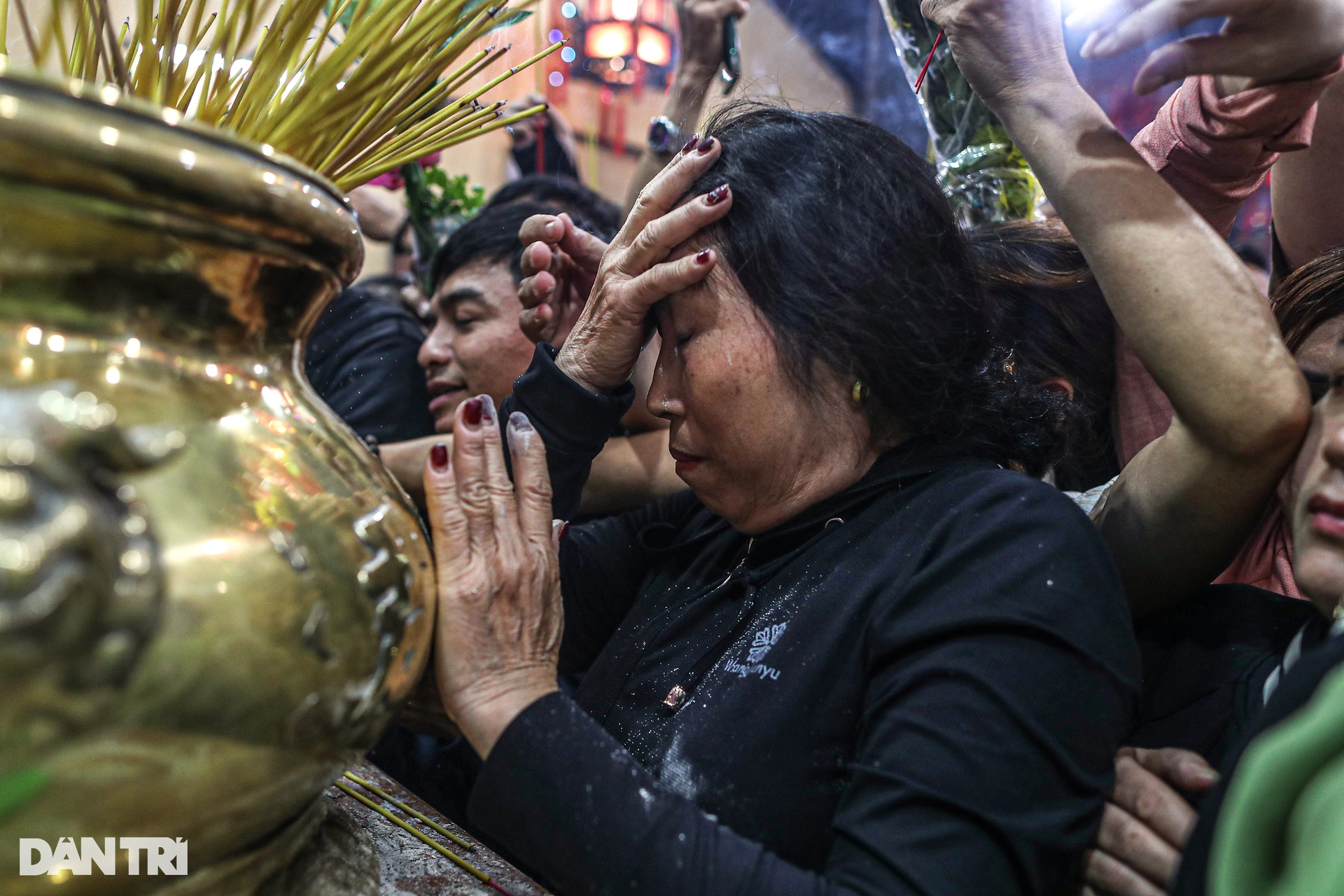
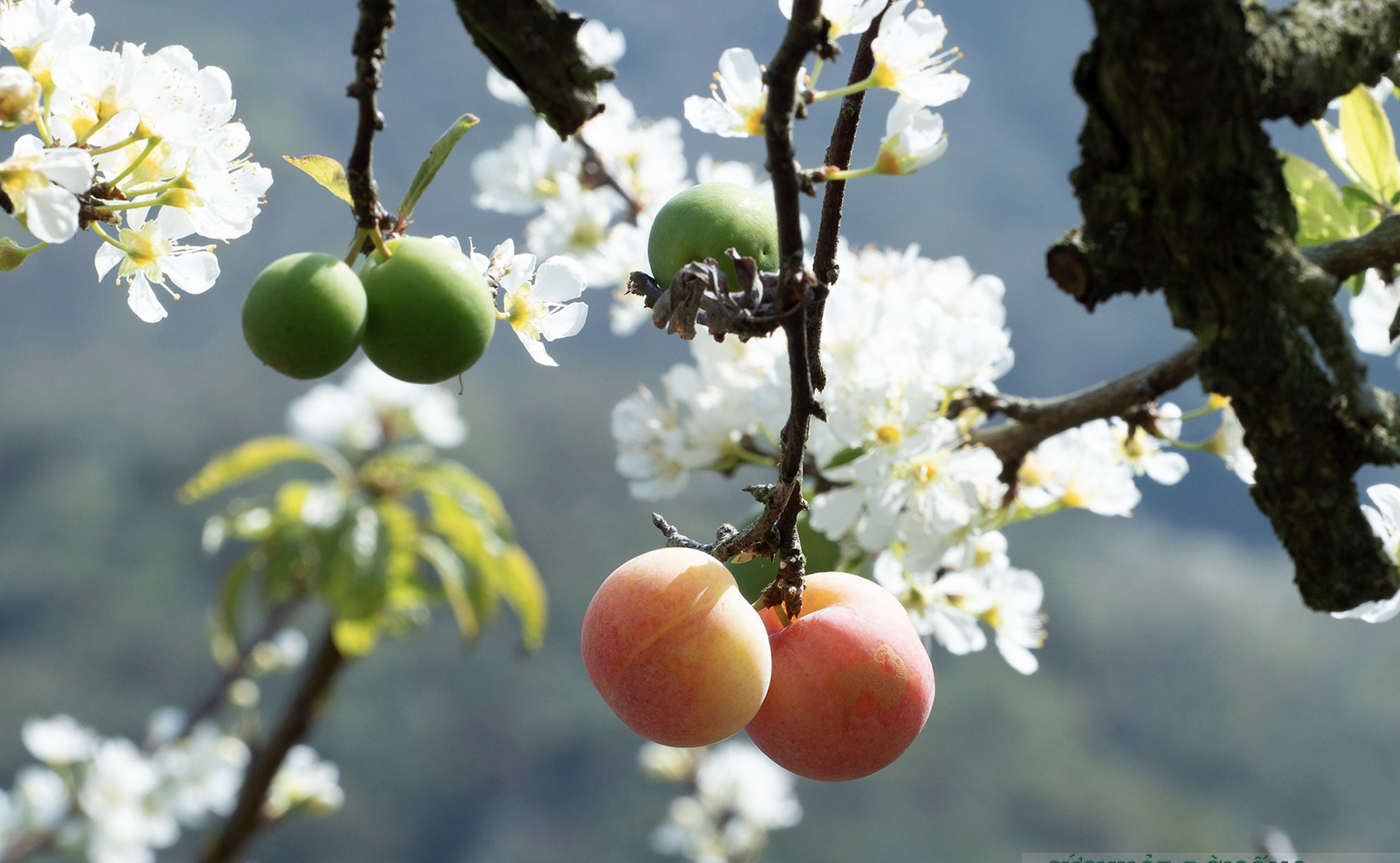
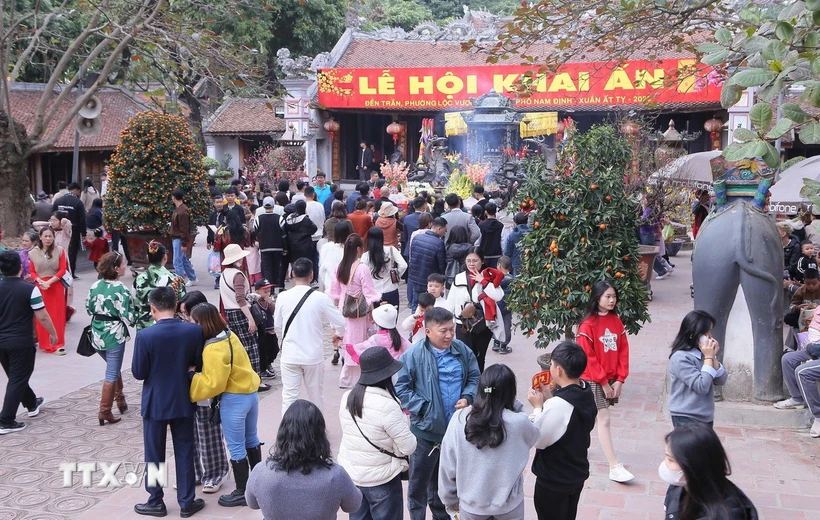
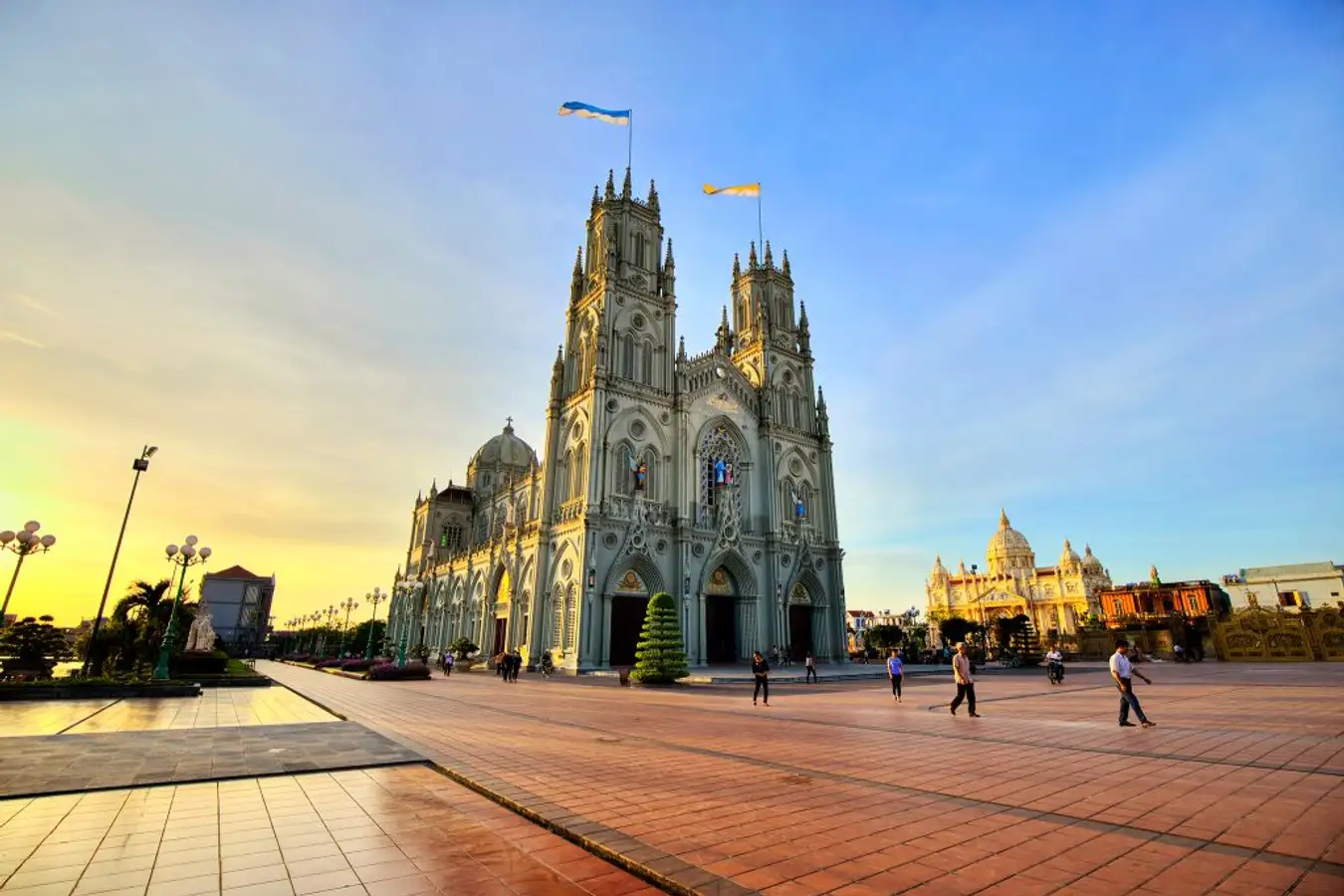




















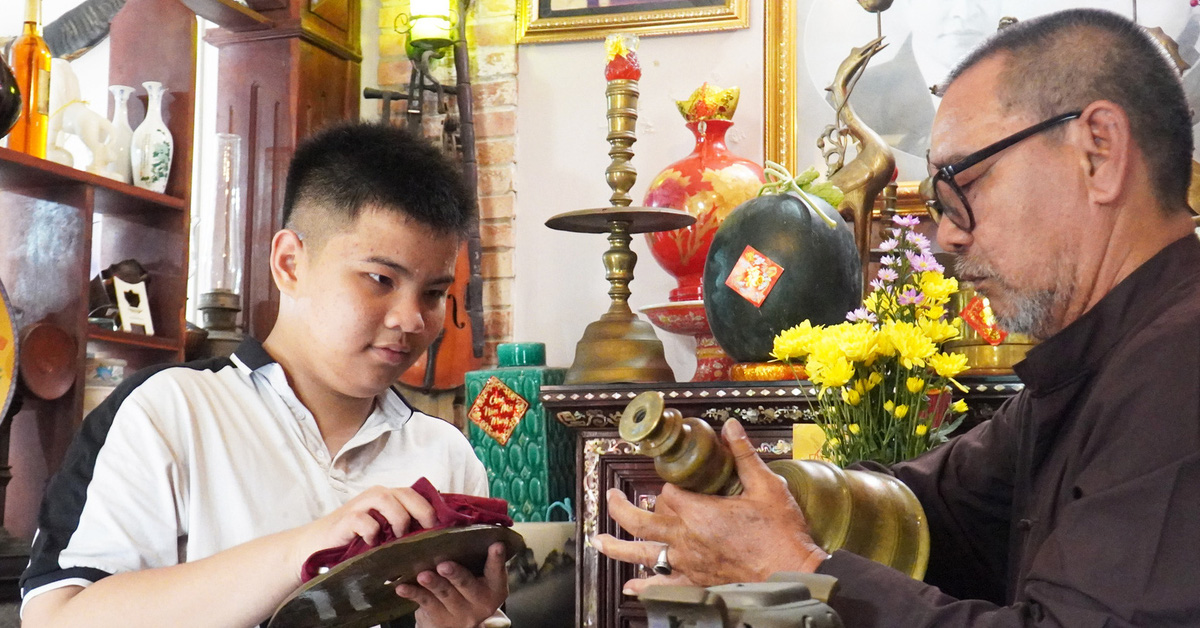

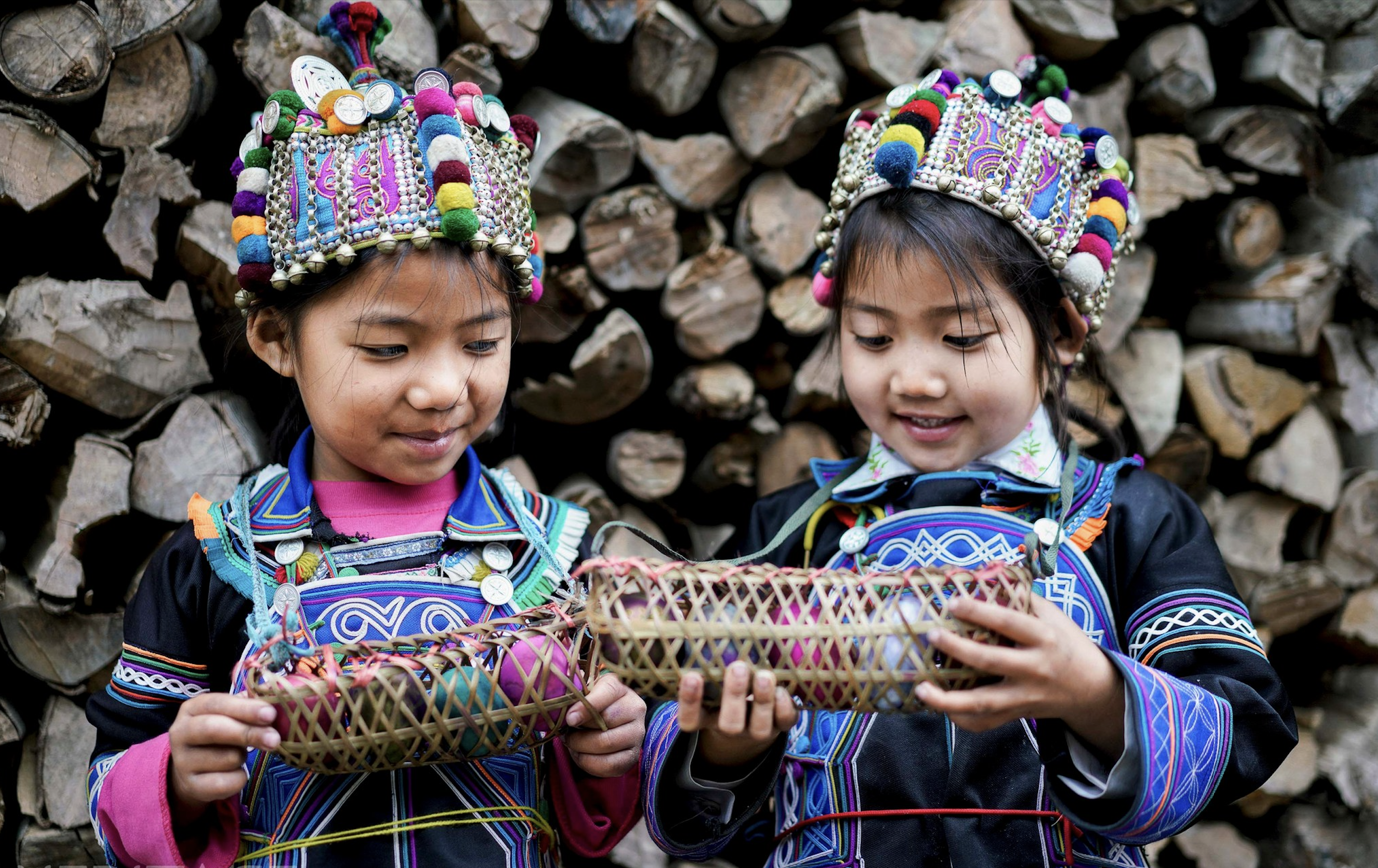




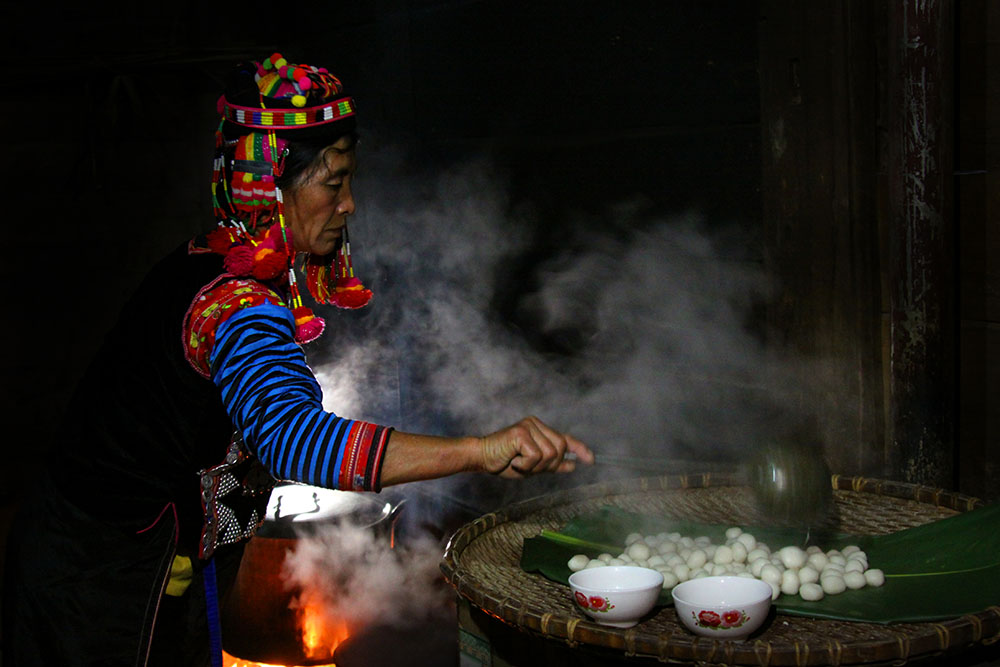
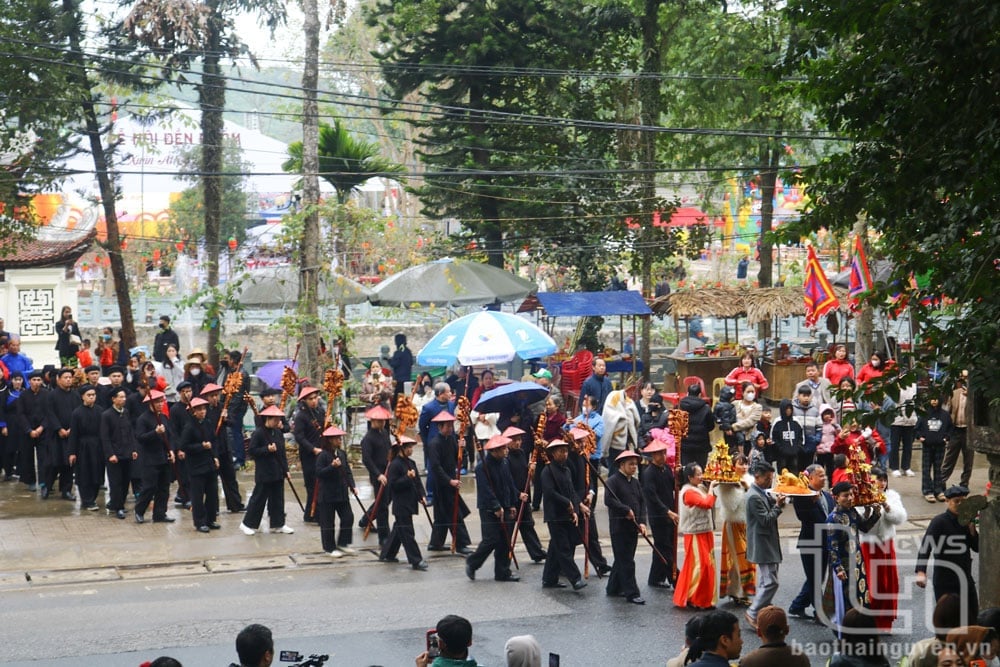
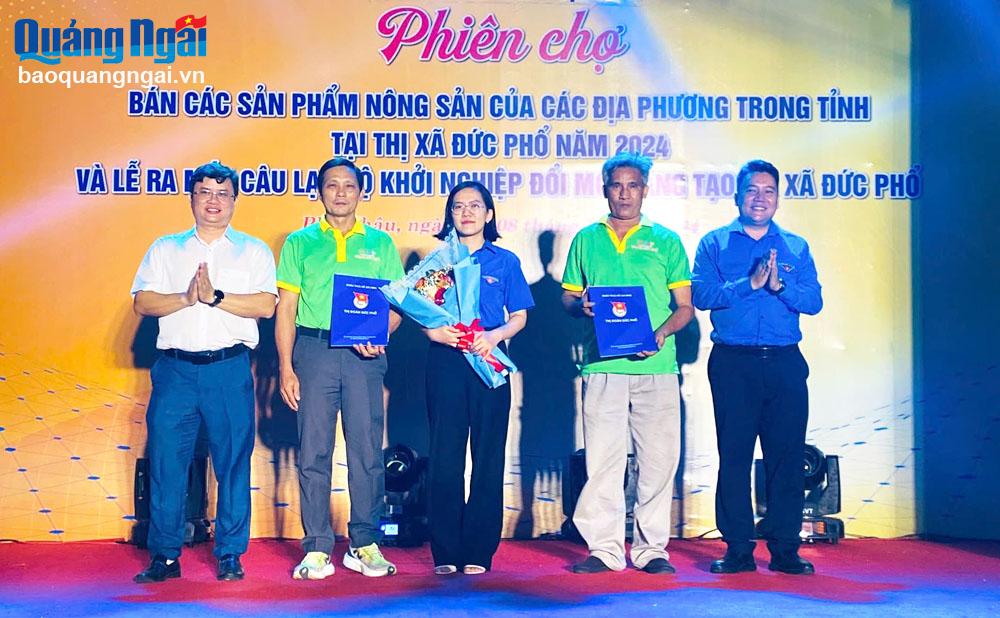
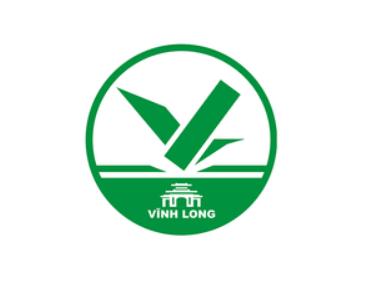
![Charming Vietnam [ Chau Doc ]](https://vstatic.vietnam.vn/vietnam/resource/IMAGE/2025/2/12/e96a46dceb5e41b1bcc3cf7dc6d54708)
![Charming Vietnam [ Phong Nha National Park ]](https://vstatic.vietnam.vn/vietnam/resource/IMAGE/2025/2/12/1cc2c12b6cb84938b32182cccf560b3c)

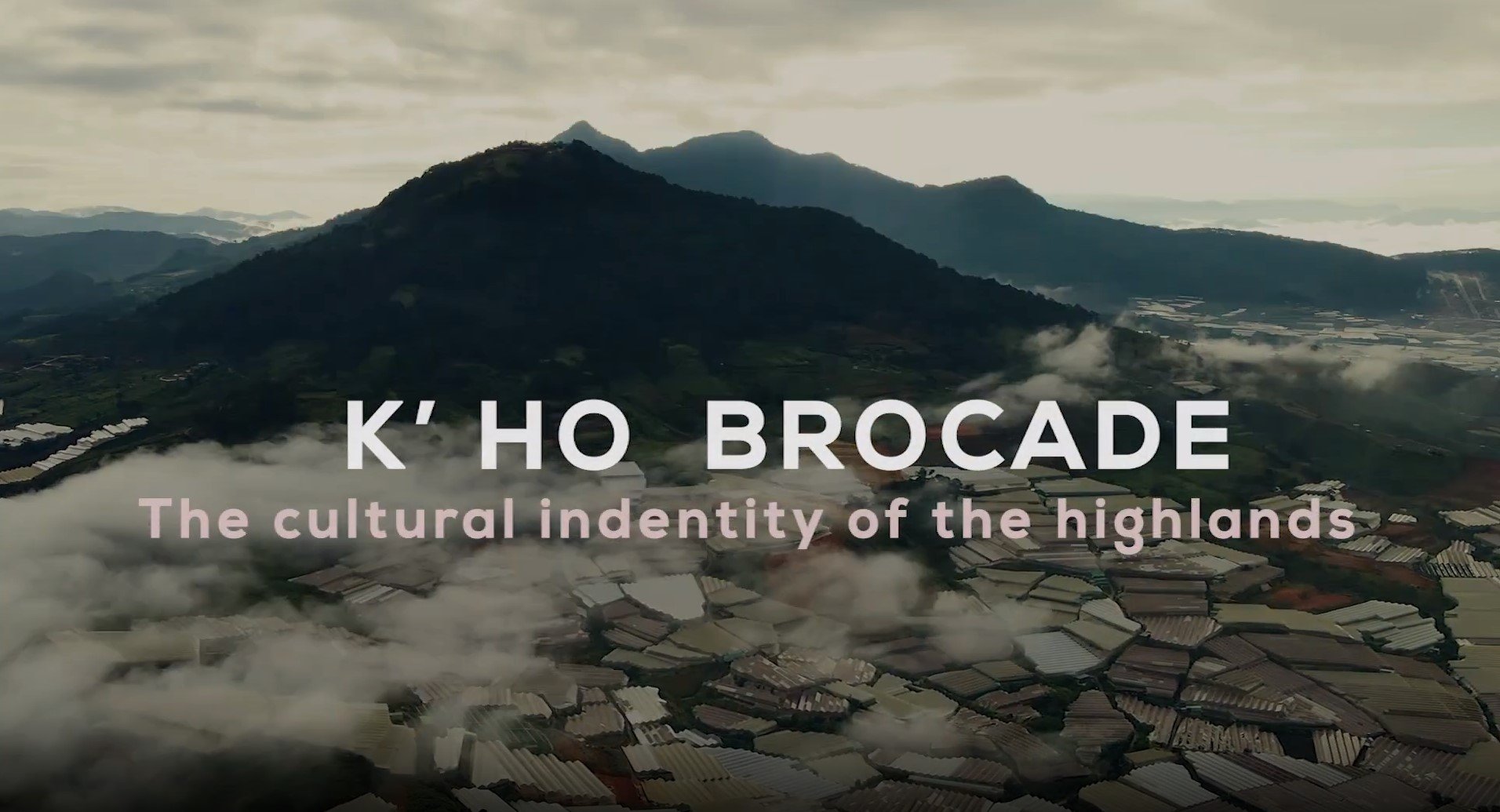
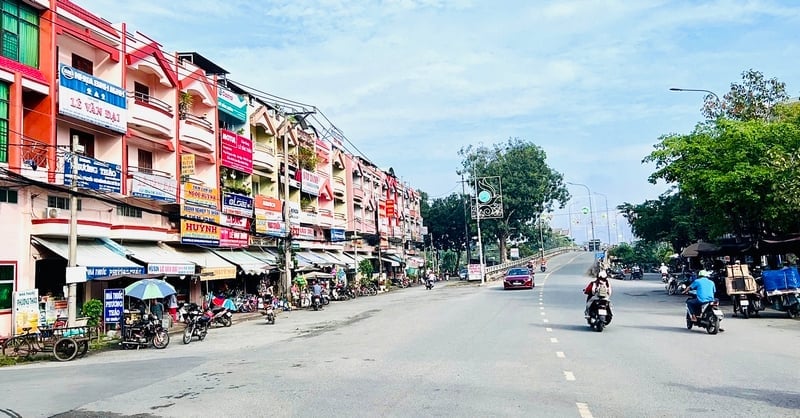
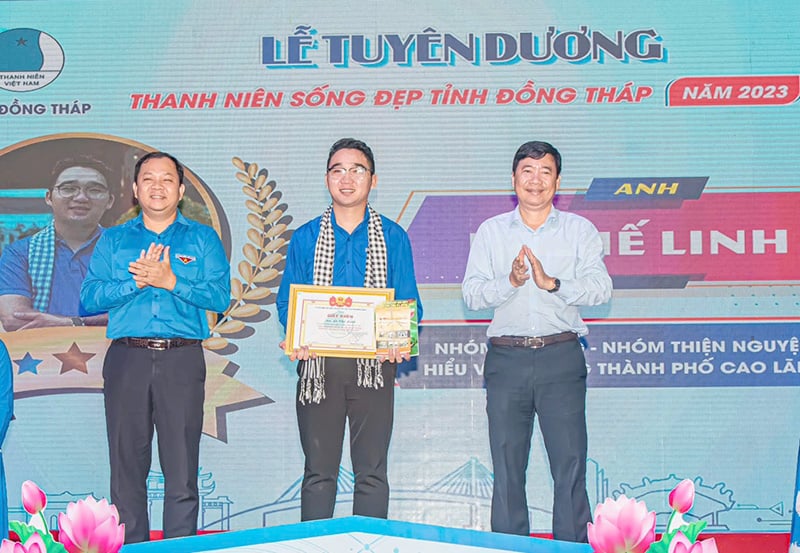



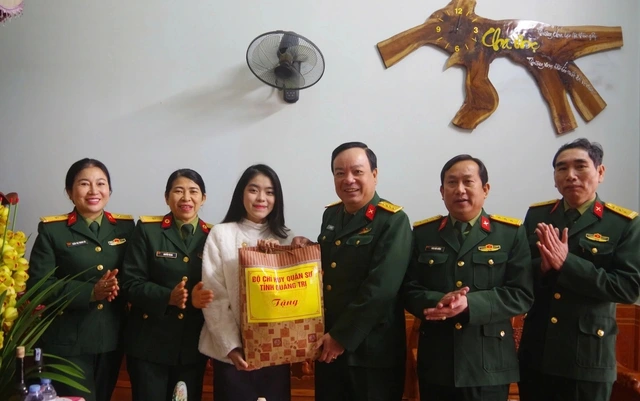

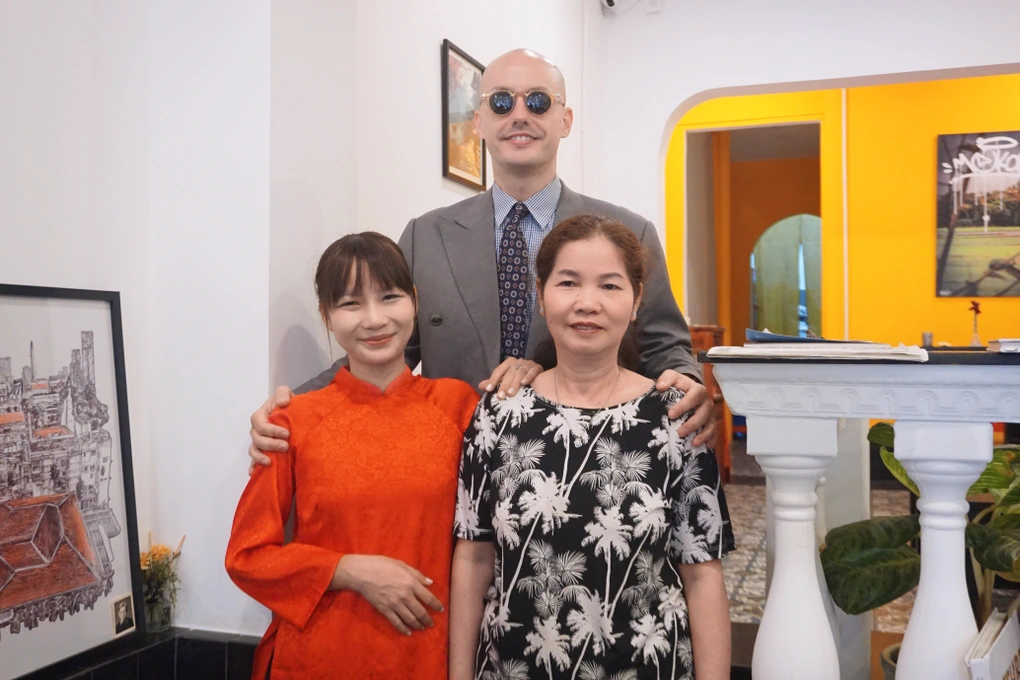

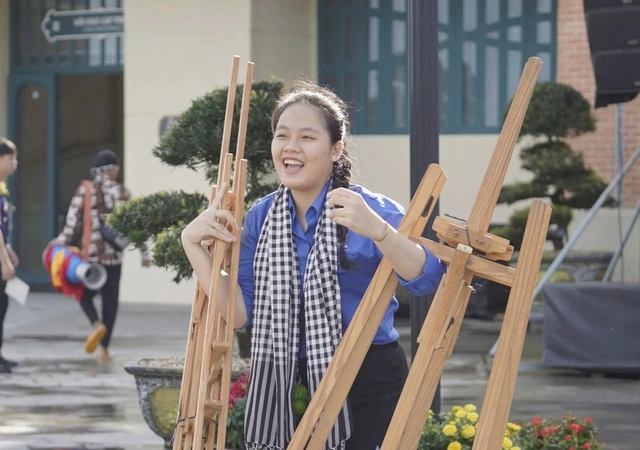






Comment (0)